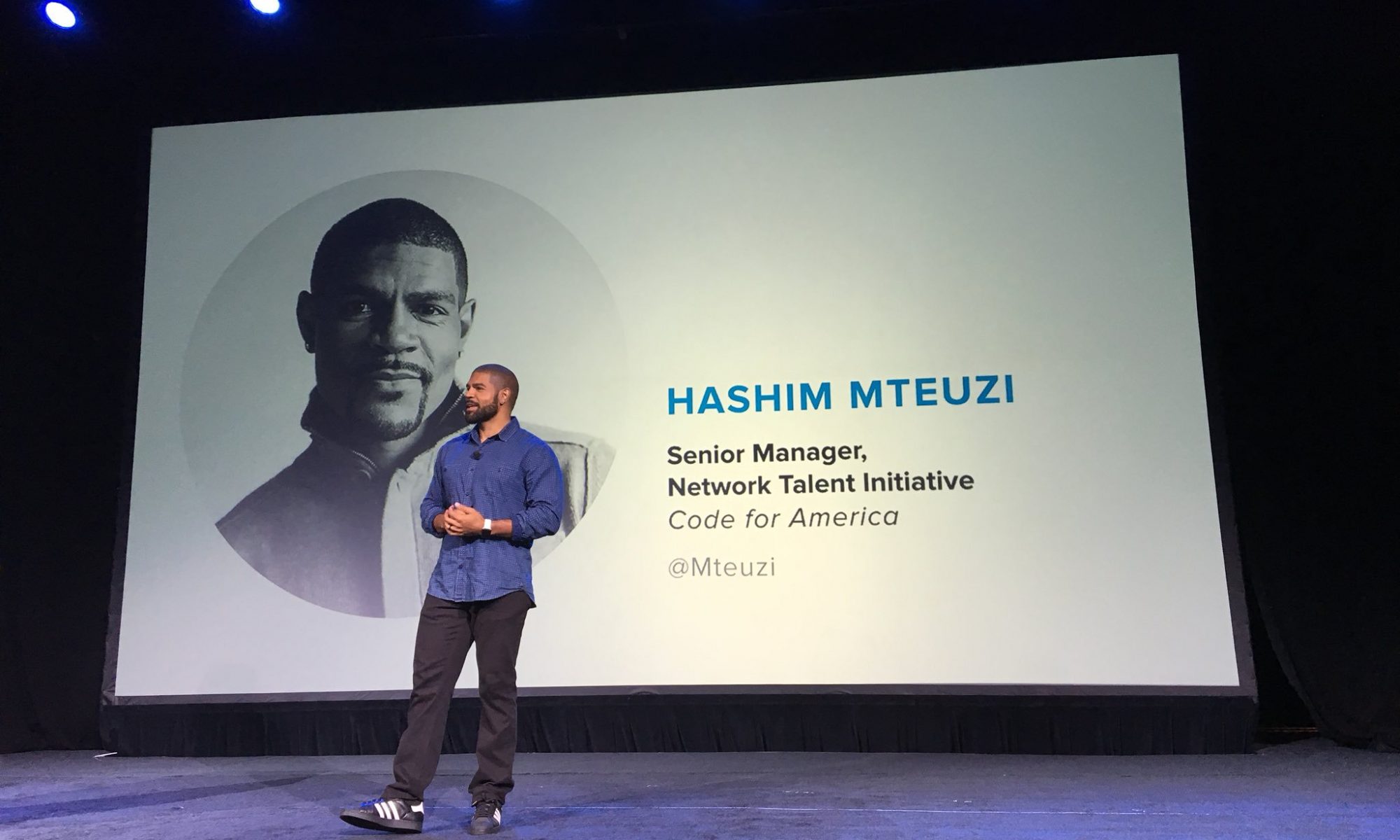
The term POC is being overused. It’s time to take a step back and examine why this term has become so ubiquitous, and whether or not it’s still serving its original purpose.
Examining the Issue
The Original Intention of POC
First of all, what does POC even mean? POC stands for “people of color,” and is generally used to refer to anyone who is not white. The term was originally intended to be an inclusive way to describe marginalized groups, and to acknowledge the unique challenges and experiences faced by people of color.
How POC Has Lost Its Meaning
However, over time, the term has been used more and more frequently, to the point where it’s lost most of its original meaning. Now, it seems like everyone is a POC, regardless of their actual identity or experiences. This has led to a watering down of the term, and a lack of specificity when it comes to actually addressing the issues faced by marginalized groups.
Reasons for the Overuse
So why is the term POC being overused? One reason is that it can be a convenient shorthand for discussing issues related to race and ethnicity. Instead of having to list out all the specific groups that are affected by a particular issue, it’s often easier to just say “POC.” The same is true when people are uncomfortable speaking about race and ethnicity, using the term “POC”, is just easier. However, this convenience comes at a big cost, as it obscures the actual experiences and needs of different groups, especially Black and Indigenous peoples.
Another reason — though a troubling one — for the overuse of the term is that it can be a way to signal allyship or solidarity with marginalized groups. By identifying as a POC, even if you are not actually a person of color, you can position yourself as an advocate for marginalized communities. However, this kind of performative allyship is harmful, as it distracts from the actual work of supporting and uplifting marginalized communities.
Moving Beyond POC
Being More Specific
So what can we do instead? One option is to be more specific when discussing issues related to race and ethnicity. Instead of using the term POC as a catch-all, we can take the time to name and acknowledge the specific groups that are affected by a particular issue. This can help to ensure that we are actually addressing the needs of different communities, rather than just paying lip service to a vague and overused term.
Examples of More Specific Terms
Examples of more specific terms that can be used include Black, Indigenous, and people of color (BIPOC); Asian American and Pacific Islander (AAPI); and Latinx or Latiné. These terms acknowledge the unique experiences and challenges faced by different groups and can help to ensure that our conversations about race and ethnicity are more mindful, nuanced and inclusive.
Conclusion
In conclusion, while the term may have been useful in the past, the term POC is being overused to the point of having lost its original meaning. By being more specific and intentional in our language around race and ethnicity, we can better address the needs and experiences of different groups. Let’s move beyond the easy shorthand of POC and commit to doing the actual work of creating a more just and equitable society.
Examples:
- Stop Using “POC” as a Catch-All Term for Every Marginalized Community
- The Problem With Using “POC” as a Catch-All Term
- Why the Term “POC” Is Problematic
Additional Thoughts:
The overuse of POC is just one example of the dangers of using broad, catch-all terms to describe complex and nuanced issues. When we rely on shorthand instead of taking the time to really understand and address the needs of different communities, we risk perpetuating harm and perpetuating inequalities. So, the next time you find yourself reaching for a term like POC, take a moment to reflect on whether or not it’s really the best way to describe the issue at hand, or even the people that you’re referring to. By being intentional and specific in our language, we can help to create a more inclusive and equitable world for everyone.


